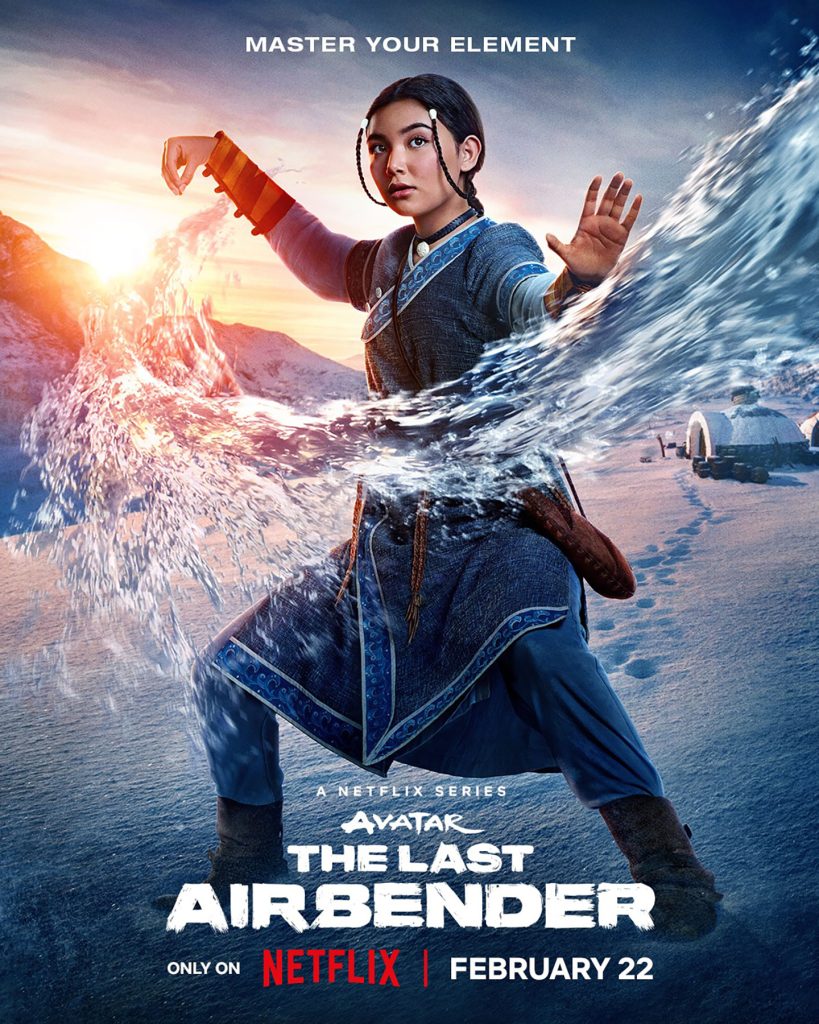MANILA, PHILIPPINES — As a fan of Avatar the Last Airbender growing up, I was initially hesitant about watching the live action adaptation on Netflix. However, I had similar hesitations towards the Netflix adaptation of popular pirate manga Eiichiro Oda’s One Piece and found those hesitations dissolved. It provided a succinct summary of 20 or so years of characters and plots for a new audience. Ultimately it paid homage to the source material and what original fans loved about it while telling its own story.
I was only halfway through the first episode when I found my fears realized. More than ever, it feels like Netflix’s choice of material is heading towards live action remake fatigue – that perhaps it is time to look for other material other than retreading childhood favorites.
Regardless, the cast acted their pants off throughout the entire series. Gordon Cormier (Aang, the titular last airbender) gives his portrayal an endearing determination which softens the blow of the convoluted script he is given to work with. Dallas Liu steals the show as Zuko, with his portrayal of the antagonistic Fire Nation prince. The Netflix live action series expands on his relationship with his guardian figure Uncle Iroh (Paul Sun-Hyung Lee) and his complex feelings towards his homeland that I found myself remembering their scenes over most.




The art of “bending” in Netflix’s series is portrayed with superb attention to detail. Based both in traditional martial arts and in the mystical aspects of qi energy, bending is what made the series suited to its original medium of animation. The original series made sure that bending looked impressive and fully utilized the unreality that animation can provide. The live action adaptation combines eye-catching VFX with choreography that reflects the character using it. Most of Katara’s (Kiawentiio) sequences are effortlessly done and take great lengths to emphasize her familiarity with waterbending, changing between liquid water to solid ice weapons to defeat her enemies in battle.
What the original Avatar the Last Airbender gained acclaim for was its ability to handle serious topics that had largely been not present in young adult media at the time. It effortlessly handled sexism, ableism, historical revisionism, colonialism and so much more in a way that did not belittle its audience. It expected teenagers’ confusion and natural reactions with such real world topics, with frank conversations happening between the adult and teenage characters of the main cast. Ultimately, the themes are handled sensitively and more importantly, realistically given the audience’s age. It’s not all doom and gloom because ultimately, it is a kids’ show.
Where the live action Avatar the Last Airbender fails its audience, though, is its inability to have the same bravery as the animated series. It focuses on the rather simplistic war is bad theme with clunky pacing. Enemies are defeated with more detail, imminent conflict always feels just out of shot for most of the series – threatening to burst onto the screen at a moments notice, even if the moment doesn’t call for it.
Much of the levity of the original has been removed, replaced with a gritty realism which feels out of place given the attention to detail to the bright costuming and vibrant bending visuals. It doesn’t do or add anything substantial towards the source material, instead just translating it with a lifeless one-for-one with real life actors.








